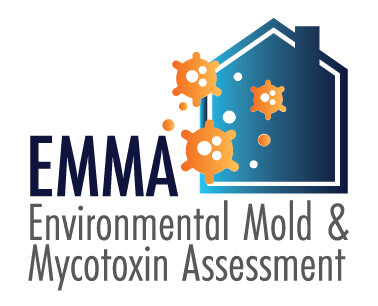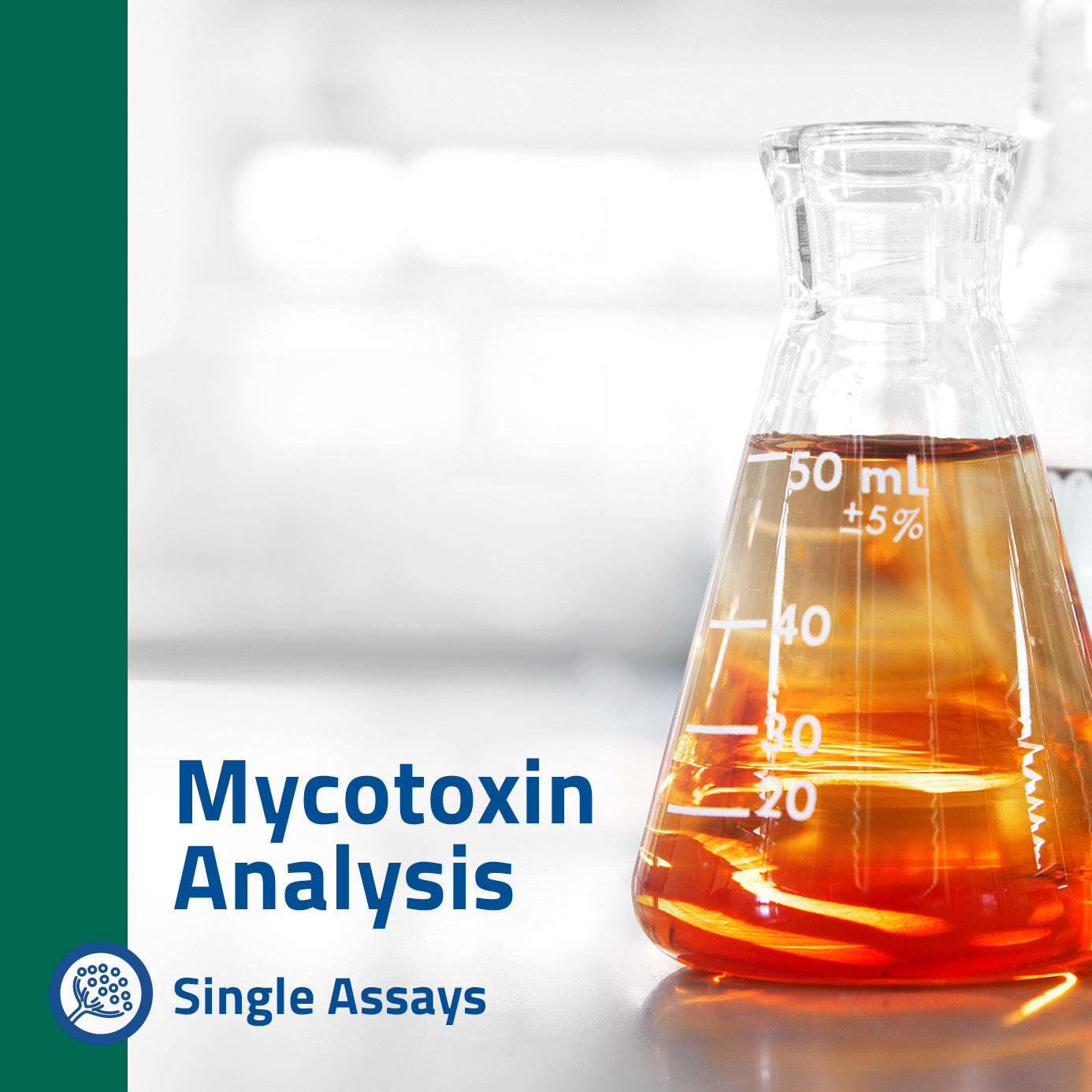How Mycotoxin testing Services Can Safeguard Your Products
How Mycotoxin testing Services Can Safeguard Your Products
Blog Article
Why Mycotoxin Screening Services Are Crucial for Protecting Public Wellness
The importance of mycotoxin testing solutions in protecting public health can not be overemphasized. Mycotoxins, hazardous substances generated by fungi, position severe health and wellness risks such as liver damages and cancer when existing in food and feed.
Understanding Mycotoxins
Recognizing mycotoxins is essential for making sure food safety and safeguarding public wellness. Mycotoxins are harmful compounds created by certain sorts of fungi, commonly located in food and feed plants. These fungis can multiply in a selection of conditions, especially in warm and humid environments, causing contamination during pre-harvest, storage, or processing phases. The most common mycotoxins include aflatoxins, ochratoxin A, fumonisins, and trichothecenes, each with distinctive chemical structures and toxicological homes.
The existence of mycotoxins in foodstuffs can jeopardize their safety and security and high quality. They are resistant to traditional food handling methods, therefore continuing the food supply chain and presenting prospective risks. Regulatory bodies worldwide, such as the Food and Farming Company (FAO) and the World Wellness Organization (THAT), have actually established rigid restrictions on appropriate degrees of mycotoxins in food items to alleviate their unfavorable impacts.
Reliable mycotoxin management includes extensive surveillance and screening to detect and evaluate their levels in agricultural items. This proactive method aids in recognizing infected sets early, consequently avoiding their intro right into the market. Implementing stringent mycotoxin controls is necessary for preserving food security requirements and securing consumer health.
Health And Wellness Risks of Mycotoxins

Exposure to mycotoxins postures substantial health risks to both human beings and pets, necessitating alert monitoring and control steps. These hazardous secondary metabolites, produced by particular fungis, can pollute food and feed, resulting in persistent and intense health concerns. In people, mycotoxins such as ochratoxins, aflatoxins, and fumonisins can cause a variety of unfavorable impacts, consisting of liver damages, kidney toxicity, immune reductions, and also cancer causing impacts. Aflatoxins have been categorized as Group 1 health hazards by the International Agency for Research Study on Cancer (IARC), showing a tested web link to liver cancer.

Given these severe health consequences, it is critical to carry out durable mycotoxin testing methods. Accurate detection and metrology of mycotoxins in food and feed are important to minimize health and wellness dangers and guarantee animal and public security.
Typical Sources of Contamination

Along with grains, nuts such as peanuts, pistachios, and almonds are extremely prone to mycotoxin contamination. Aflatoxins, a potent type of mycotoxin, are typically located in these nuts, specifically when storage conditions are suboptimal. Dried fruits, consisting of raisins, figs, and apricots, also present abundant grounds for fungal development due to their high sugar web content and moisture-retaining residential properties.
Additionally, contamination is not limited to raw farming products. Processed foods, animal feeds, and milk products can additionally consist of mycotoxins if the initial active ingredients were infected. This expands the risk of exposure throughout the food supply chain, requiring rigid tracking and control actions.
Understanding the usual sources of mycotoxin contamination is essential for executing reliable preventative approaches. Minimizing these risks at the source can considerably lower the incidence of mycotoxin-related health and wellness issues, safeguarding public wellness.
Examining Procedures and methods
Efficient mycotoxin monitoring hinges on the precision and dependability of screening methods and protocols. Advanced analytical methods are employed to find and measure mycotoxins in numerous substrates, making certain public health safety. High-Performance Fluid Chromatography (HPLC) paired with mass spectrometry (MS) is a gold requirement in mycotoxin screening, providing high sensitivity and specificity. This technique enables for the accurate detection of numerous mycotoxins in intricate matrices, such as food and feed items.
Another commonly made use of technique is Enzyme-Linked Immunosorbent Assay (ELISA), which go to this site offers fast screening and is cost-effective for big sample quantities - Mycotoxin testing Services. ELISA packages are useful due to their ease of use and fast turn-around time, making them ideal for on-site testing
Experiencing procedures are similarly essential. Proper sampling makes certain that the gathered samplings are representative of the whole set, therefore reducing the threat of incorrect negatives or positives. Adherence to developed standards, such as those offered by the International Organization for Standardization (ISO) and the European Committee for Standardization from this source (CEN), is necessary for keeping consistency and dependability across screening techniques.
Rigorous recognition of these methods and approaches is essential. It makes sure reproducibility and accuracy, therefore fortifying the integrity of mycotoxin management systems.

Benefits of Routine Examining
In the world of food safety and agricultural quality assurance, the benefits of regular mycotoxin testing can not be overemphasized. Regular screening guarantees that agricultural items fulfill safety standards, therefore shielding consumers from the dangerous results of mycotoxins, that include liver damage, immune suppression, and even cancer. By identifying infected batches early, routine testing enables prompt intervention, protecting against such items from getting in the food chain.
Moreover, regular mycotoxin screening is pivotal for keeping the stability and reputation of food producers and suppliers. Firms that devote to routine testing demonstrate their dedication to public health and wellness and food safety, thereby acquiring customer trust and commitment. This positive approach can also reduce monetary losses linked with item remembers, legal responsibilities, and potential profession constraints.
Regular mycotoxin testing makes certain adherence to global and national standards, facilitating smooth trade procedures and market gain access to. Eventually, regular mycotoxin testing not just shields public wellness yet also fortifies the economic security and worldwide competition of the farming industry.
Conclusion
Mycotoxin testing solutions play an essential function in public health protection by determining and minimizing the dangers postured by toxic fungal compounds in food and feed. By spotting contamination early, these solutions prevent major health and wellness concerns such as liver damage and cancer, making sure compliance with governing requirements. Normal screening enhances consumer trust fund, supports the integrity of the agricultural field, and ultimately adds to the read the article protecting of food safety and public health.
The importance of mycotoxin testing solutions in guarding public health and wellness can not be overstated.Comprehending mycotoxins is essential for making certain food safety and safeguarding public wellness. Mycotoxin testing Services. Regulatory bodies worldwide, such as the Food and Farming Company (FAO) and the Globe Wellness Organization (WHO), have established rigorous limits on acceptable levels of mycotoxins in food items to mitigate their damaging impacts
Ultimately, normal mycotoxin testing not just protects public health yet likewise fortifies the financial stability and worldwide competition of the agricultural market.
Mycotoxin screening services play an essential function in public wellness security by determining and minimizing the risks positioned by toxic fungal compounds in food and feed.
Report this page